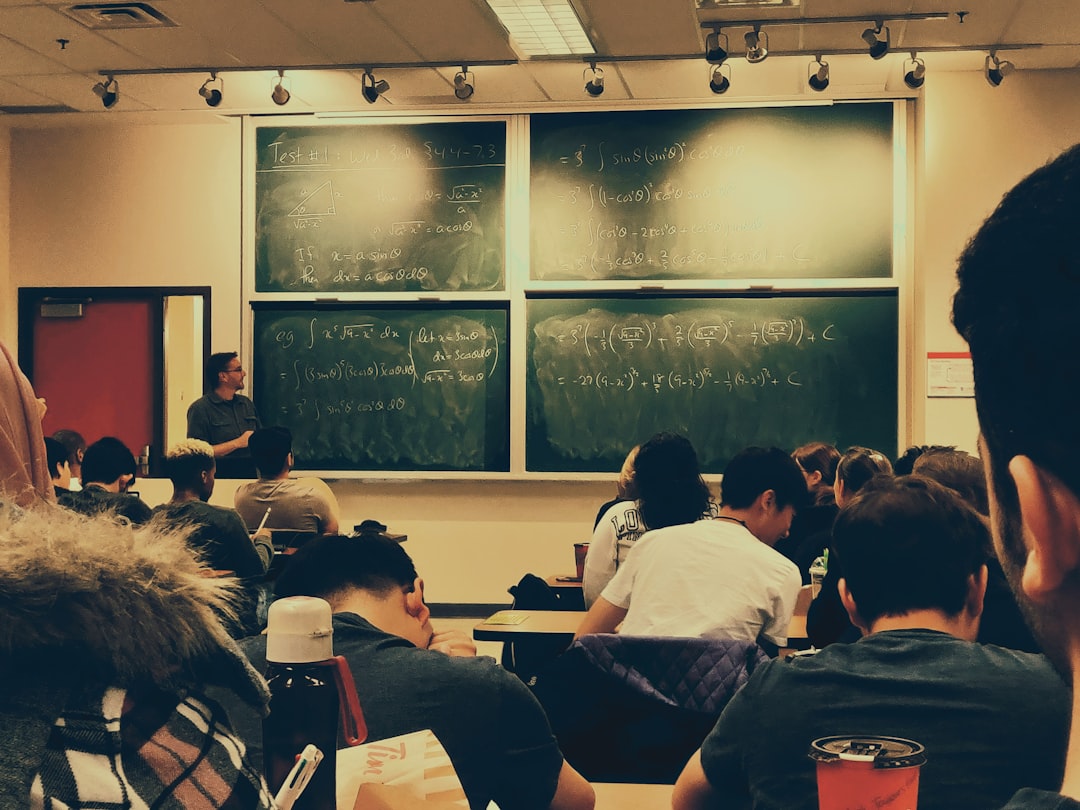What is it about?
A can sliding on a table, or a planetary lander moving horizontally across a surface, strike and stick to a low obstacle. Will they rock back to upright, or tip over? We show how the tip-overspeed depends on the object's shape, and local gravity.
Featured Image

Photo by Brian McGowan on Unsplash
Why is it important?
In early 2024 two lunar landers (SLIM and IM-1) toppled over on landing. Although other effects turned out to be the culprits for these landers, their "top-heavy" designs did not help! We show how to calculate the tip-over speed of any object on any planet. This problem is a practical example of angular momentum conservation in an inelastic collision. and suggest how to test our results with a simple experiments in the physics teaching laboratory. A video abstract is provided at the journal website.
Perspectives
Physics textbooks typically only provide a couple of examples inelastic ("sticky") collisions that conserve angular momentum: One disk dropping onto another, and a falling rod that catches on a pivot. Both are somewhat contrived. The landing mishaps of SLIM and IM-1 prompted us to look into this problem, and the calculation of tip-over speed ended up as a practical -and accessible - demonstration of the same physics principles. It also lends itself to testing in the teaching laboratory using easy-to-assemble equipment. Supplementary materials provide more details on the collision physics and the lab experiment. A video abstract showing the experiment is provided at the Physics Education journal website.
Dr. Philip Blanco
Grossmont College
Read the Original
This page is a summary of: Tripping on the Moon, Physics Education, June 2024, Institute of Physics Publishing,
DOI: 10.1088/1361-6552/ad539c.
You can read the full text:
Contributors
The following have contributed to this page










